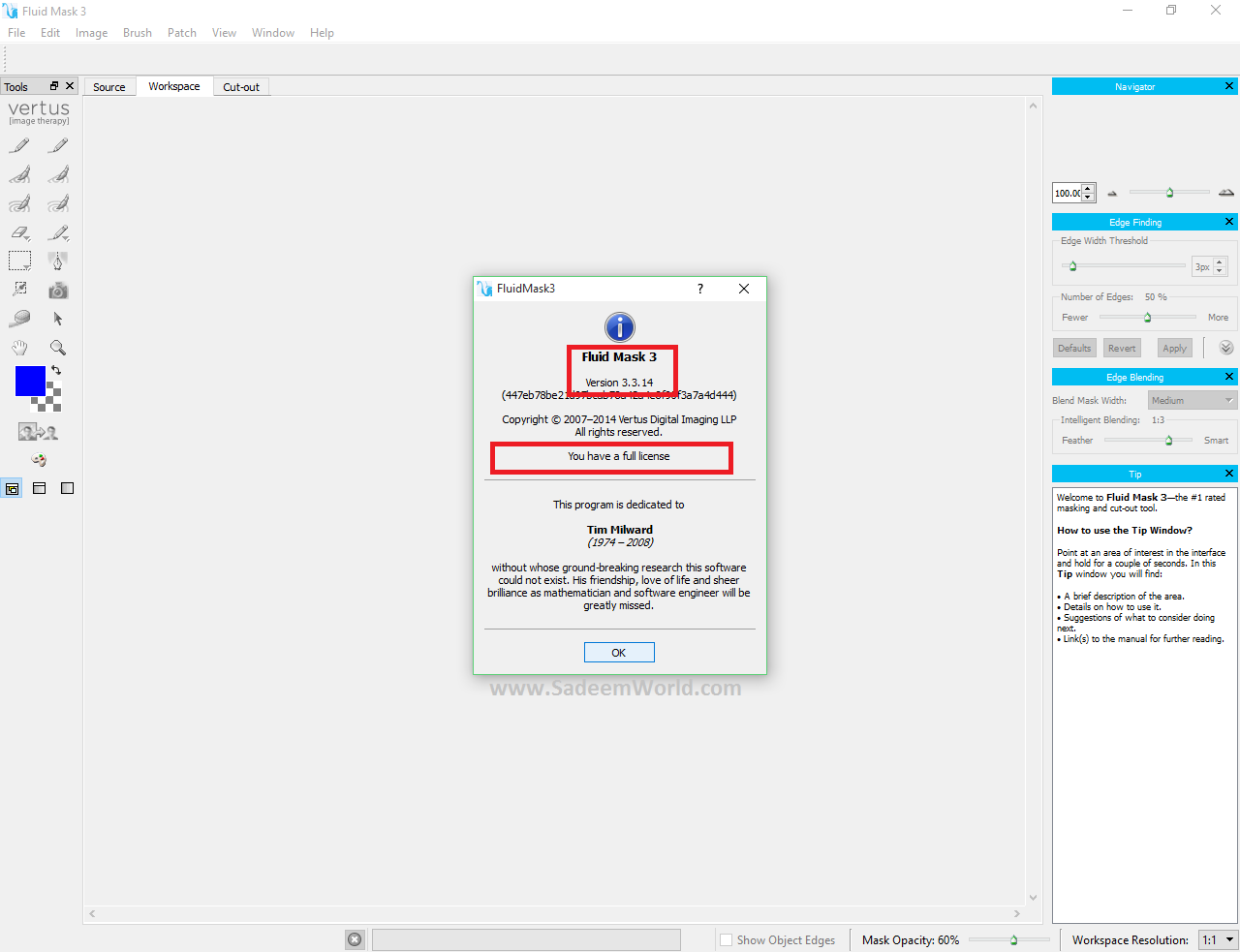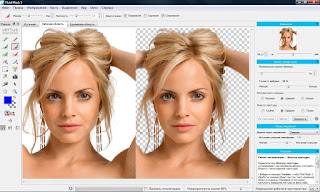

Draw with the requiredbrushes on the areas as required. The redareas are for deleting and the green areas are for retaining (see Figure 3). By using the red and green brushes from the tool palette, you can select the area you want to delete or keep.This will prompt Fluid Maskto analyze your image again - again, this might take a while. Once you change any parameters, you need to apply the changes. The masking is entirely based on the detection of the edges - the parameters for the edge detection are set in a separateEdge Detection Options palette. A separate Tool Optionsfloating palette allows you to tweak parameters for any selected tool. You will also find a tool palette, which has different brushes used to create or modify masks.Output: Output view shows the final cutout. Since your image is already analyzed, you'll see the automatic edge detection in place represented by blueoutlines (as shown in Figure 2 above) Workspace: is to create and modify mask by clicking the show edges check box right at the bottom of thepreview area. Source: Source view shows the original image. The main preview window has three tabs - source, workspace and output. Thereafter, you will see the Fluid mask interface (see Figure 2).

VETUS FLUID MASK MANUAL
Fluid Mask 3 gives you easy to use tools to isolate difficult areas - making the tricky parts, easy! Professional super fine mask selections mean complex hair blending is a breeze, delivering fantastic results. Fluid Mask offered three methods, one was automatic activation, second was by website, and third was manual by email (Fluid Mask) filled out the email for you.

VETUS FLUID MASK MAC OS X


 0 kommentar(er)
0 kommentar(er)
